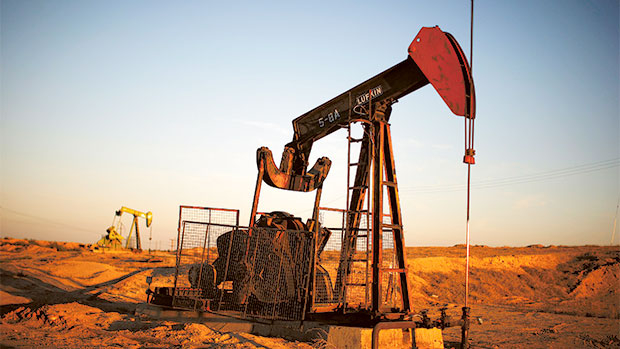
DUBAI: Brent crude prices will jump to $90-95 a barrel before the end of the year due to seasonal demand from the northern hemisphere, a senior official at Saxo Bank told Gulf News.
Abundant global oil supplies coupled with a gloomy economic outlook from Europe to China pushed Brent to its lowest since 2010 last week, a loss of more than 25 per cent since June. On Monday, brent crude gained 0.3 per cent to $86.45 a barrel for a third day of gains after falling to the lowest level in almost four years last week.
“We expect refining demand to pick up and that would reverse some supply overhang in the market,” said Ole S. Hansen, head of commodity strategy at Saxo Bank.
Opec (Organisation of the Petroleum Exporting Countries) is due to meet in late November to decide about its output in the face of declining prices. it is not clear if the Opec will cut output to support prices as new supplies from North American shale oil overwhelm the market. Saudi Arabia, Kuwait and Iran have all indicated reluctance to change supply policy.
However, Hansen said, Opec should cut the output by 1 million barrel per day to see that the market doesn’t have an “overhang of supplies.”
“If we don’t see any major cut by the Opec, then we will see upside limited to $100 a barrel,” said Hansen.
The Organisation of Petroleum Exporting Countries, supplier of about 40 per cent of the world’s oil, faces growing competition from North American shale deposits even as economic growth cools in China,
Oil dependent Gulf economies:
Brent crude may average out at $90 per barrel in 2015, lower than the average in the past four years, putting a strain on many Gulf economies. The market is search of a new equilibrium after refiners boosted supplies in the last 10 years, but demand didn’t keep pace with supplies.
“This [reduction in prices] will put a strain on the Gulf region as budgets have been planned against higher prices and this will add pressure on how to get the budget balanced. The countries may have to even scale down budgets or find revenues from other source,” said Hansen.
The countries may have to even scale down budgets or find revenues from other source, said Hansen.
Gulf economies derive most of its revenue from crude oil, with the most trying to diversify their source of income from crude. UAE derives only about 30 per cent of its revenues from crude oil, making it less prone to price gyrations in crude.
China buying:
China, the world’s biggest importer of crude oil, may use this opportunity to build up on its reserves. Crude petroleum imports into China jumped to the highest level since April to be at 6.7 million barrels per day. That compares it with 5.6 million barrels per day in July.
“They are price sensitive and they’ll make use of low prices to build their strategic reserves,” said Hansen.












